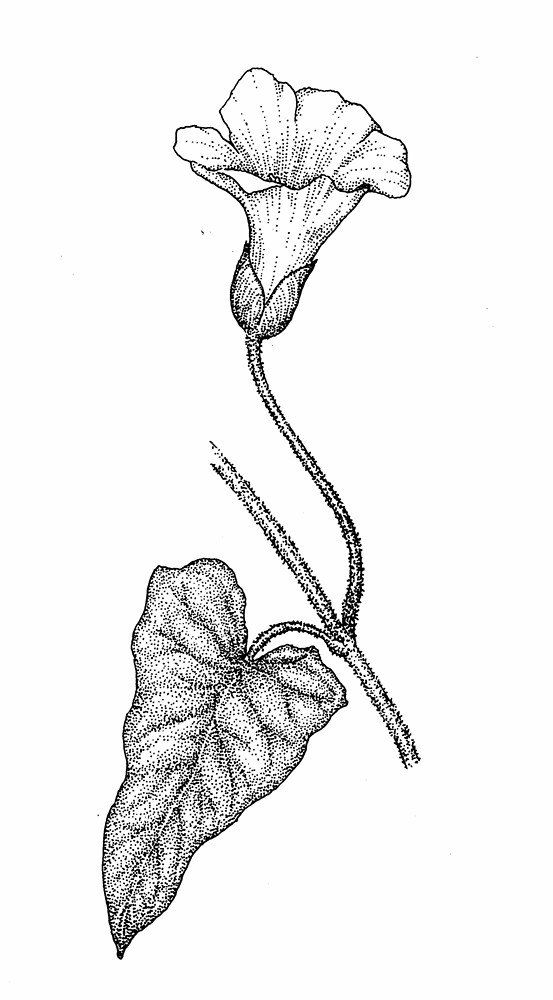Good Morning Glory
Materials, Research
“Do I not destroy my enemies when I make them my friends”?
— Abraham Lincoln



Calystegia sepium, commonly known as Hedge Bindweed or Morning Glory, is a pervasive and ruthless alien plant. Throughout Vancouver, Canada, it can be seen engulfing fences, posts, and native plants. Introduced from Europe, Morning Glory has numerous competitive advantages which has allowed it to overwhelm ecosystems, winding through and up native species to out-compete for light and nutrients. It is not currently regulated anywhere in British Columbia, and spreads freely with each growing season. As climate change modelling predicts a warmer and drier future for Metro Vancouver, Morning Glory is positioned to not only survive - but thrive.
Elizabeth Farnsworth
The name of the family comes from the Latin word "convolvere", which means "to wind". Twisting in a counterclockwise direction around any and all nearby supports, the vines can reach a length of 4 meters, while below ground the fleshy roots can spread up to 2 meters. A new plant can develop from root fragments as small as 3 centimeters. Morning Glory is drought tolerant, has an extended growing season, and spreads quickly.
As the eradication of Morning Glory from the ecosystem seems increasingly unlikely, can our relationship with this plant evolve from adversarial to collaborative? Can we use its adaptive properties to our benefit, building invasive species management into the design practice?
For this project, Morning Glory roots were harvested from my property in early spring and relocated, using soil from the site. Throughout the unseasonably hot and dry summer, little to no management was needed, the plants were watered a total of 5 times. Using simple winding and tying techniques, the vines were trained to follow a woven pattern with thick lateral shoots that appeared mid-season spanning the frame and providing the main support. Once the project was complete, the roots were dug up and placed in the garbage to be destroyed.
Invasivorism, the practice of eating invasive species to extinction, is being increasingly discussed as a means of pest management. In theory, by creating a profit from these species’ unfettered proliferation we reap multiple benefits, but there’s an inherent danger in adding a value to that we wish to eradicate as we counter-intuitively are incentivizing its preservation. What the Good Morning Glory project seeks to explore is how design can be used as a tool for small-scale initiatives, where the designer plays an active role in the life-cycle of the plant. Through fostering a relationship with the plant through its use, we as well become an active participant in its responsible disuse. Furthermore, by removing the burden of invasive species management from institutions, particularly in places where no management plan currently exists, we stand to make a greater impact through localized interventions that use Morning Glory’s competitive advantage to our advantage.
References
Retrieved from Owlcation: https://owlcation.com/stem/The-Hedge-Bindweed-or-Morning-Glory-An-Invasive-Plant
Metro Vancouver and the Invasive Species Council of Metro Vancouver. (2021). Best Management Practices for Hedge Bindweed. Vancouver: Metro Vancouver.
Snyder, M. (2017, 05 19). Can We Really Eat Invasive Species into Submission? Retrieved from Scientific American: https://www.scientificamerican.com/article/can-we-really-eat-invasive-species-into-submission/





